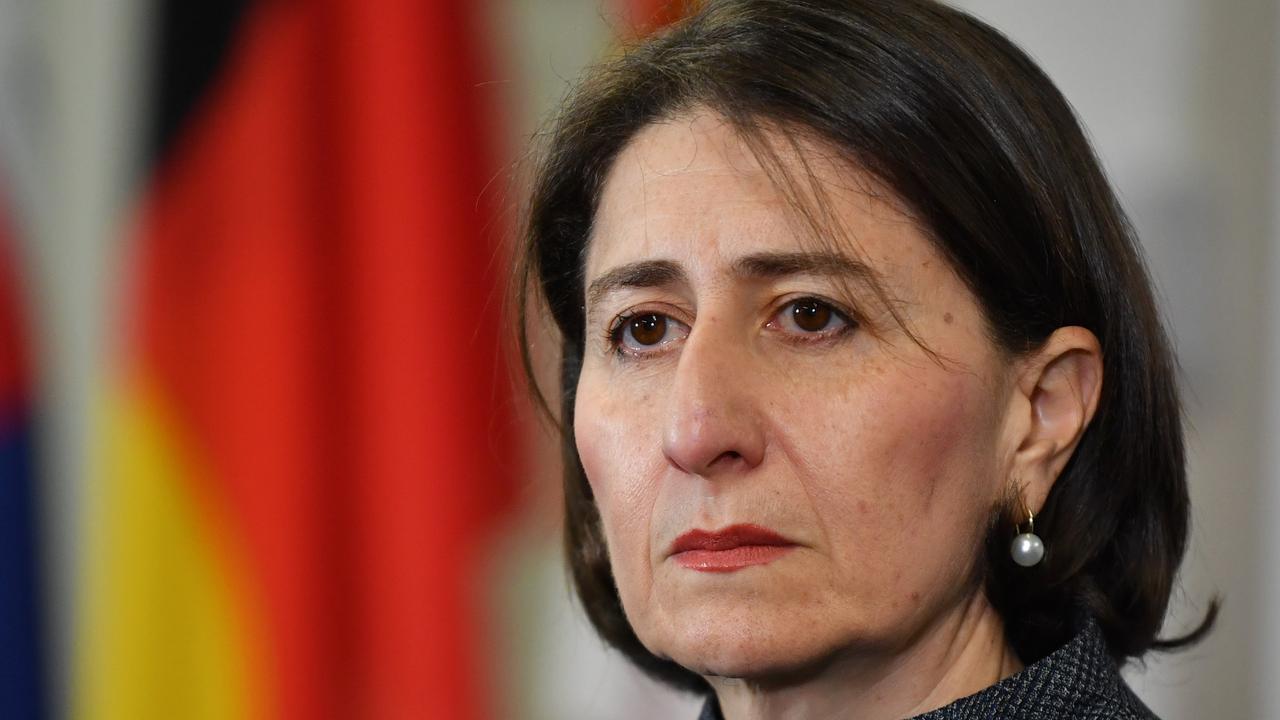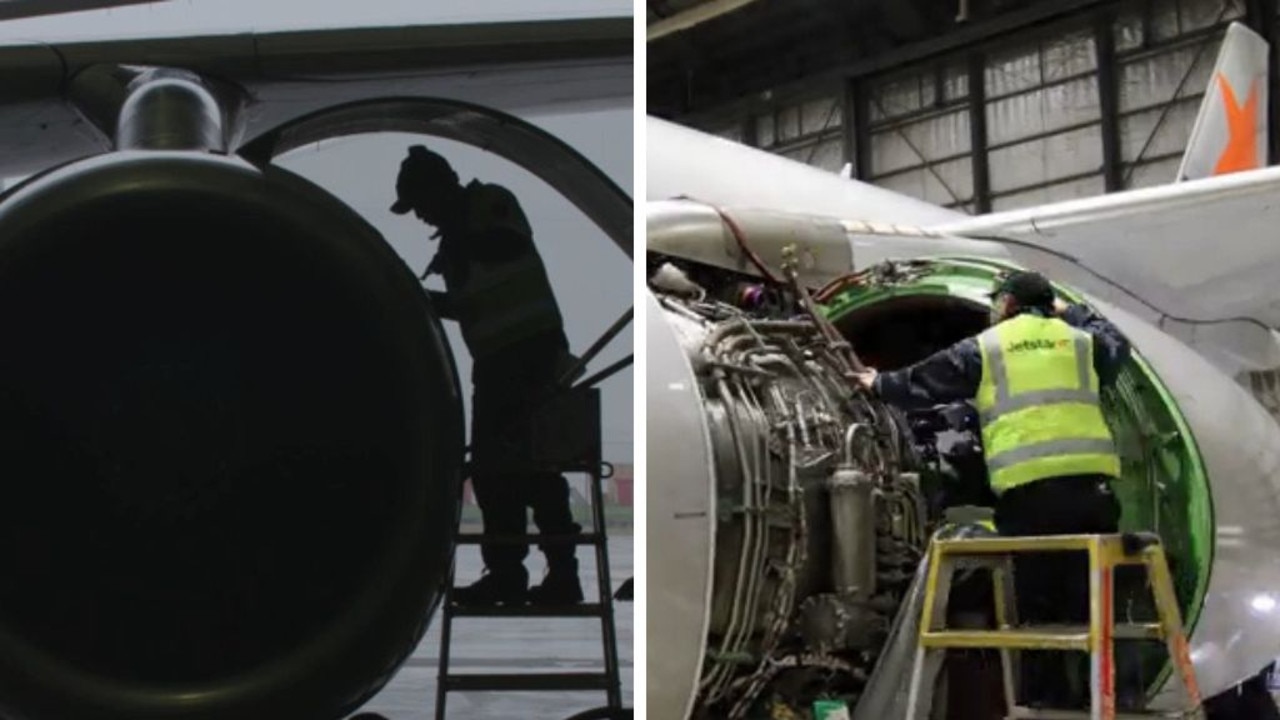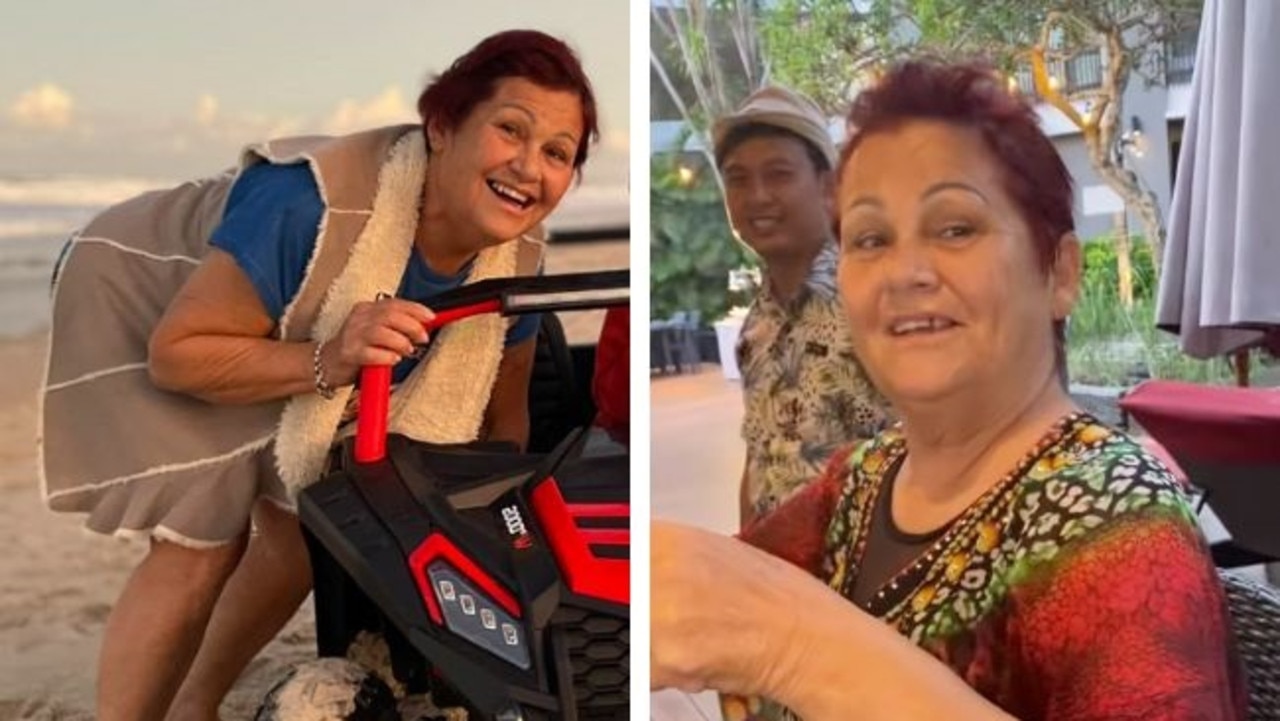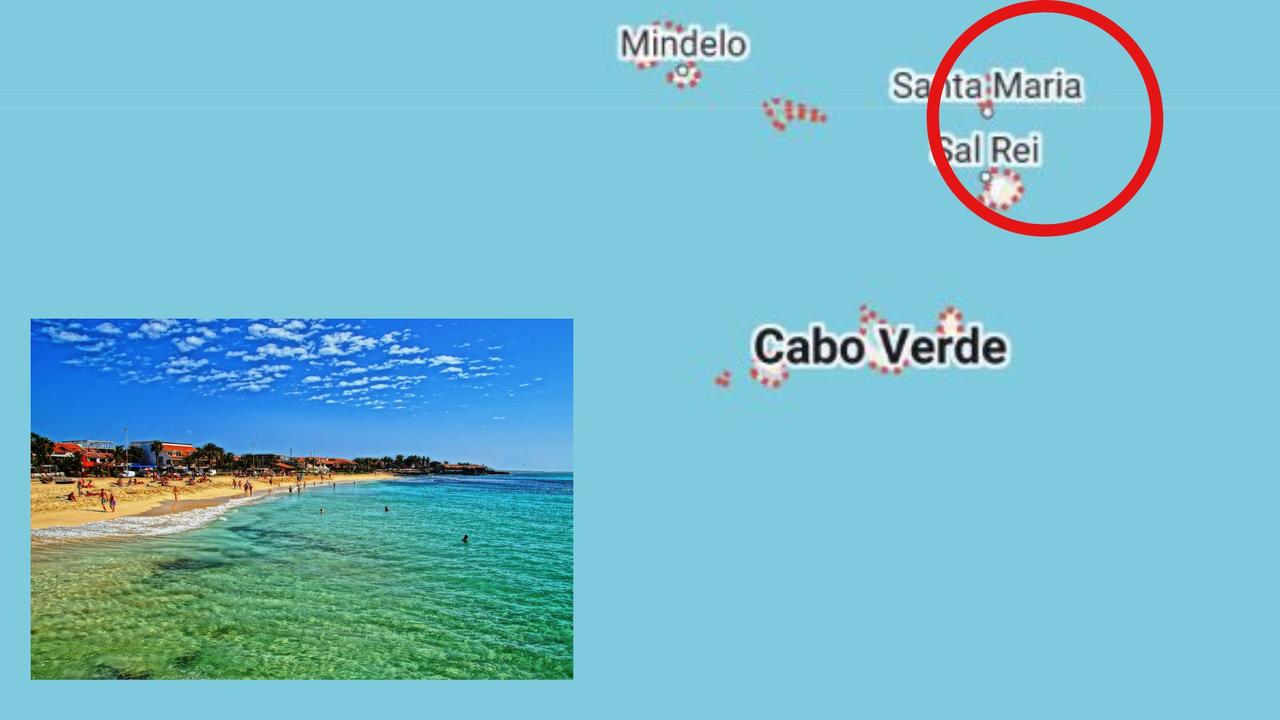How Victoria’s coronavirus spike will impact school holidays, borders reopening
States could reconsider border reopening plans ahead of the school holidays as Victoria’s coronavirus situation escalates.

The topic of reopening interstate borders as Australia moves out of its coronavirus crisis has been a sore spot for weeks now – now a number of states have been forced to reconsider their plans ahead of the school holidays as Victoria’s COVID-19 situation escalates.
While federal Finance Minister Mathias Cormann has said the Victorian clusters shouldn’t stop other states reopening their border as soon as possible, some have indicated they could retain their tough stances against interstate travel.
Australia’s chief medical officer Brendan Murphy has also cautioned against visiting the parts of Victoria thought to be hotspots, as the state recorded another double digit rise in new COVID-19 infections.
From the border restrictions currently in place to whether the growing number of cases could play a hand in Australia’s stance on international travel, here’s how Victoria’s situation could impact your holiday plans.
RELATED: Follow the latest coronavirus updates
RELATED: Fears over today’s virus numbers

WHAT ARE THE CURRENT BORDER RESTRICTIONS?
Currently, the only states whose borders are open to all Australians are those of NSW and Victoria.
All other state and territory borders are either completely closed, or open only to a limited number of other jurisdictions:
• Queensland: Queensland’s border has been shut to all non-essential interstate travellers since late March. After a fair amount of debate between Premier Annastacia Palaszczuk and her NSW counterpart Gladys Berejiklian, Queensland announced it would reopen its border to all interstate travellers from July 10.
• South Australia: South Australia introduced a “travel bubble” last week – meaning that interstate arrivals from Queensland, Western Australia, Tasmania and the Northern Territory won’t be expected to quarantine for 14 days when they enter SA. The state’s border will reopen to NSW and Victoria from July 20.
• Western Australia: Interstate travellers have largely been considered a risk to WA’s response to COVID-19, Premier Mark McGowan has maintained. Health Minister Roger Cook said last week there were “advanced discussions” about either releasing a road map or offering an indicative date to open the border, but for now, the state remains closed to the rest of the nation.
• Tasmania: Tasmania’s borders are currently closed to interstate travellers. While experts have called on the state to reopen in a way similar to SA (only to states considered low risk), Premier Peter Gutwein will announce a reopening date on June 26, and it’s expected to be in late July.
• Northern Territory: While life in the Top End is well on its way back to normal after successfully combating the coronavirus outbreak, the NT’s border has been closed to interstate travellers since early in the pandemic. The Government will reopen the border to all states on July 17.
RELATED: States right to keep borders closed
WHAT COULD HAPPEN NOW?
A number of states, including Queensland, WA and SA have flagged they’ll watch the situation in Victoria closely as they consider their next steps – which could mean keeping their borders closed.
“We are very hopeful that Victoria will get on top of the current number of new cases,” SA Premier Steven Marshall told reporters today.
“But we won’t be opening our borders if it’s not safe to do so.
“We have worked so hard, we do not want to be going backwards.”
Metropolitan Melbourne has been declared a hotspot by the Queensland government – meaning that even once the state’s border reopens in July, anyone coming from the area would need to quarantine for two weeks if they travel north.
Ms Palaszczuk said today a decision on Queensland’s border closure will not be made before the end of June.
And in WA, Mr McGowan stood firm on the state’s hard border rules, saying what’s happening in Victoria would be taken into account on any decisions his government makes.
But in the NT, the government has stood by its decision to re-open its borders on July 17. And in NSW, Ms Berejiklian won’t close her state’s border to Victoria, but did advise residents from travelling south.
“The border between New South Wales and Victoria will continue to stay open,” she told reporters today.
“However, as is consistent with the health advice from Victoria, and also from New South Wales, nobody from New South Wales should be travelling to those hot spots at this present time.”
RELATED: ‘Most dangerous place’ for COVID-19

WHERE SHOULDN’T I VISIT?
Six Melbourne areas have been identified as coronavirus hotspots – with residents there advised not to travel interstate or regionally in order to avoid spreading the virus, Australia’s chief medical officer Brendan Murphy warned.
Hume, Casey, Brimbank, Moreland, Cardinia and Darebin have been identified as the areas to avoid, with Professor Murphy advising interstate visitors to also reconsider any plans to visit.
“School holidays are coming up so if you live in one of those areas, we don’t want you to fly to visit your family in Sydney or to go to country Victoria and potentially spread the virus,” Prof Murphy told ABC’s RN Breakfast this morning.
“If you are coming from interstate and you have family in one of those areas, we would prefer you not to come and visit that area and potentially take the virus back (to a regional area).”
WHAT DOES THIS MEAN FOR SCHOOL HOLIDAYS?
With school holidays kicking off for some next week, the overriding advice at the moment from most state governments is if you do plan to travel, you should do so in your own state.
“The last thing we want to do is lift the borders, have lots of people come here for school holidays, spread coronavirus in our state, and then force us to go backwards on restrictions,” Queensland’s Health Minister Steven Miles told reporters yesterday.
“Clearly what’s happening in Victoria will be a matter we will need to take into account in those considerations.”
In NSW, Ms Berejiklian advised against travelling to Melbourne when school holidays commence on July 4.
“People should consider whether they should be travelling to Melbourne at this point in time while community transmission is where it is,” she said.
“Reconsider your plans. Reconsider what you’re doing. But certainly, Melbourne is a discretion. We would recommend people not at this stage travel to Melbourne unless they have to.”
RELATED: Shocking cost of international flights
WHAT ABOUT OVERSEAS TRAVEL?
Victoria’s spike in cases has likely had little to do with plans to reopen Australia’s border.
Tourism Minister Simon Birmingham announced last week the nation’s border will stay closed until 2021, urging Aussies to holiday at home.
Despite talk of a “travel bubble” with New Zealand, Senator Birmingham told the National Press Club it’s “more likely” Australians will be banned from overseas travel until next year, unless under special exemptions for limited business travel and on compassionate grounds.




